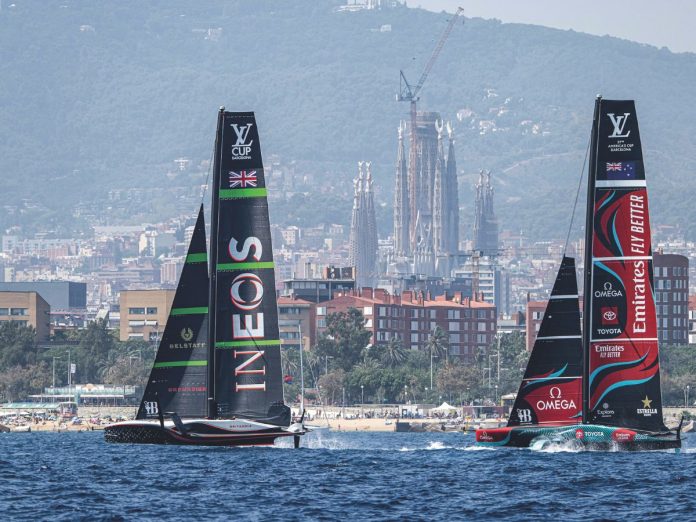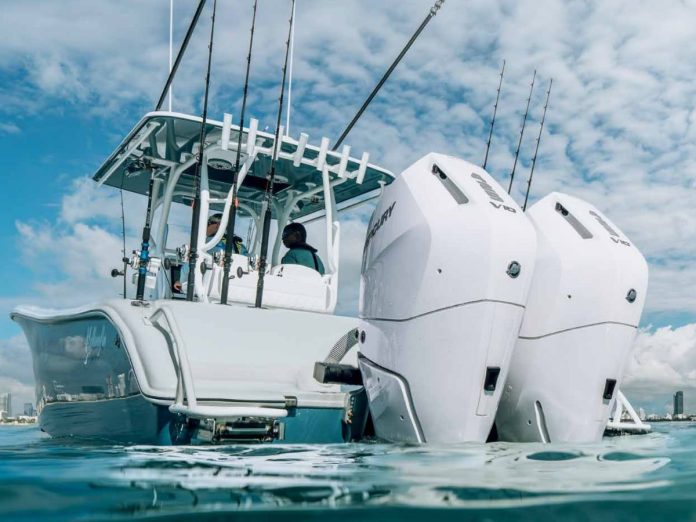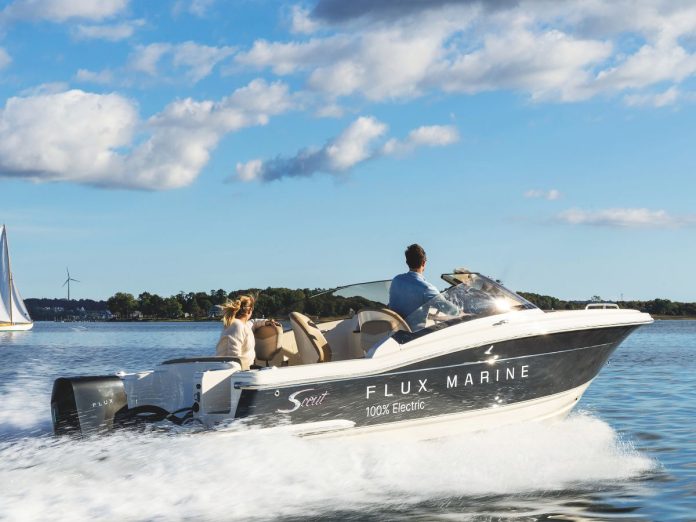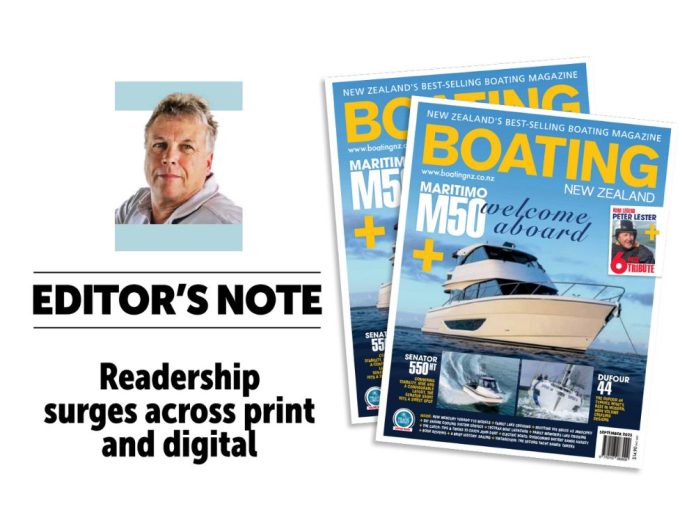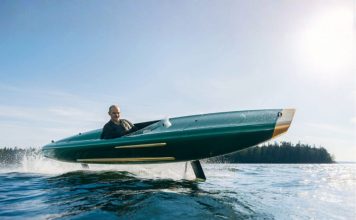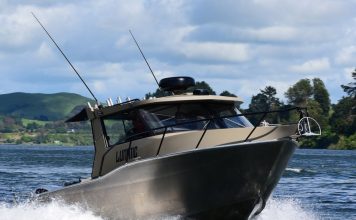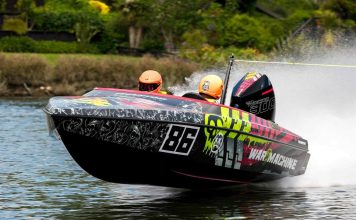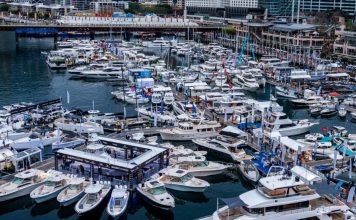
After the announcement (finally) of the Protocol for the Louis Vuitton 38th America’s Cup in Auckland recently, this historic event will likely never be the same again.
Whether that’s good news or bad depends on your point of view, I guess.
Many readers will likely welcome the increased frequency of the event – every two years – and the consistency the new Protocol promises. Some will likely also welcome the €75M cost cap, which should make the event far more accessible and attractive to potential
teams and their investors. So too the use of existing AC75 hulls, or new hulls built to the same spec. Shades of SailGP, anyone? I’m sure Dalton and crew are very aware of that successful formula.
The new provisions should level the playing field considerably and lessen the advantages historically held by the best-funded teams. Who knows, they might even remove billionaire backers from the equation or at least lessen their influence – I don’t suppose Athena Racing CEO and Team Principal Sir Ben Ainslie, representing the Challenger of Record,
will mind that too much!
According to the official statement, the new Protocol is based around a Partnership Agreement in which all teams “will collectively work within a long-term commercial structure for the future benefit and stewardship of the America’s Cup.”
This partnership aims to expand opportunities (more teams, more sailors, including women and youth), grow the sport globally, create value in the teams, and “unite all behind a shared vision for the future of one of sport’s most historic and iconic events.”
Says Ainslee, “This is a seismic moment for the America’s Cup. The Partnership Agreement fundamentally reshapes the governance and organisation of the event. The teams and yacht clubs share a vision to make the America’s Cup more inclusive,
compelling, and financially sustainable.
This new model marks a unified commitment to that vision…”That sounds good, I think…
But will the America’s Cup ever again be the pinnacle of the sport, where the best sailors compete for yachting’s oldest prize in vessels that test the limits of the possible using the best technology money can buy?
In the past, the event undoubtedly favoured the Cup holder, but that, along with regular litigation off the water and often exasperating rulings on it, was part of the event’s charm. And challengers knew what they were taking on.
Will AC events held every two years under the new Protocol be as engaging? I guess we’ll find out in Naples in 2027.
John Eichelsheim
Editor








